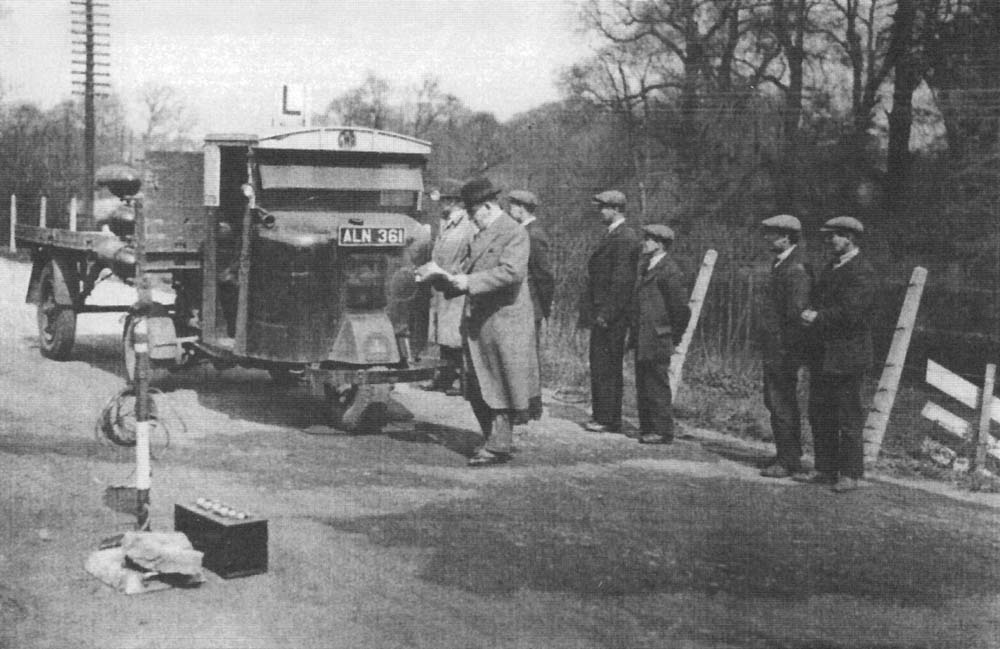|
|
 |
 |
|
GWR Route: Hatton to Bearley and Alcester Branch
Bearley Station: gwrbj2340
 |
View of a Scammell mechanical horse and trailer being used
to deliver goods from selected local goods yards. The men seen above are being
given instruction on how to drive the Scammell mechanical horse. The Alcester
branch's financial well being was founded on freight revenue so the rise of
competition by road transport had a major detrimental impact upon the branches'
finances. The railways were directed by the government to provide freight
services under the common carrier legislation which compelled the railway to
carry goods at a predetermined cost to anywhere on the railway network. This
service had costs, such as rates and maintenance, which road hauliers didn't
need to pay such as building or maintaining roads. Mechanical horses offered a
greater degree of productivity being able to deliver goods to a wider area from
fewer locations enabling the railways to reduce the number of goods facilities
operated by local stations. Revenue generated by freight on the Alcester branch
fell by 80 per cent from between 1925 to 1938. In 1925, freight revenue was
£7101 amounting to 82 per cent of income whereas in 1938 revenue had
fallen to £1418 some 69 per cent of revenue. Passenger revenue was
£1554 in 1925 and £630 in 1938.
 back back

|
|
|
